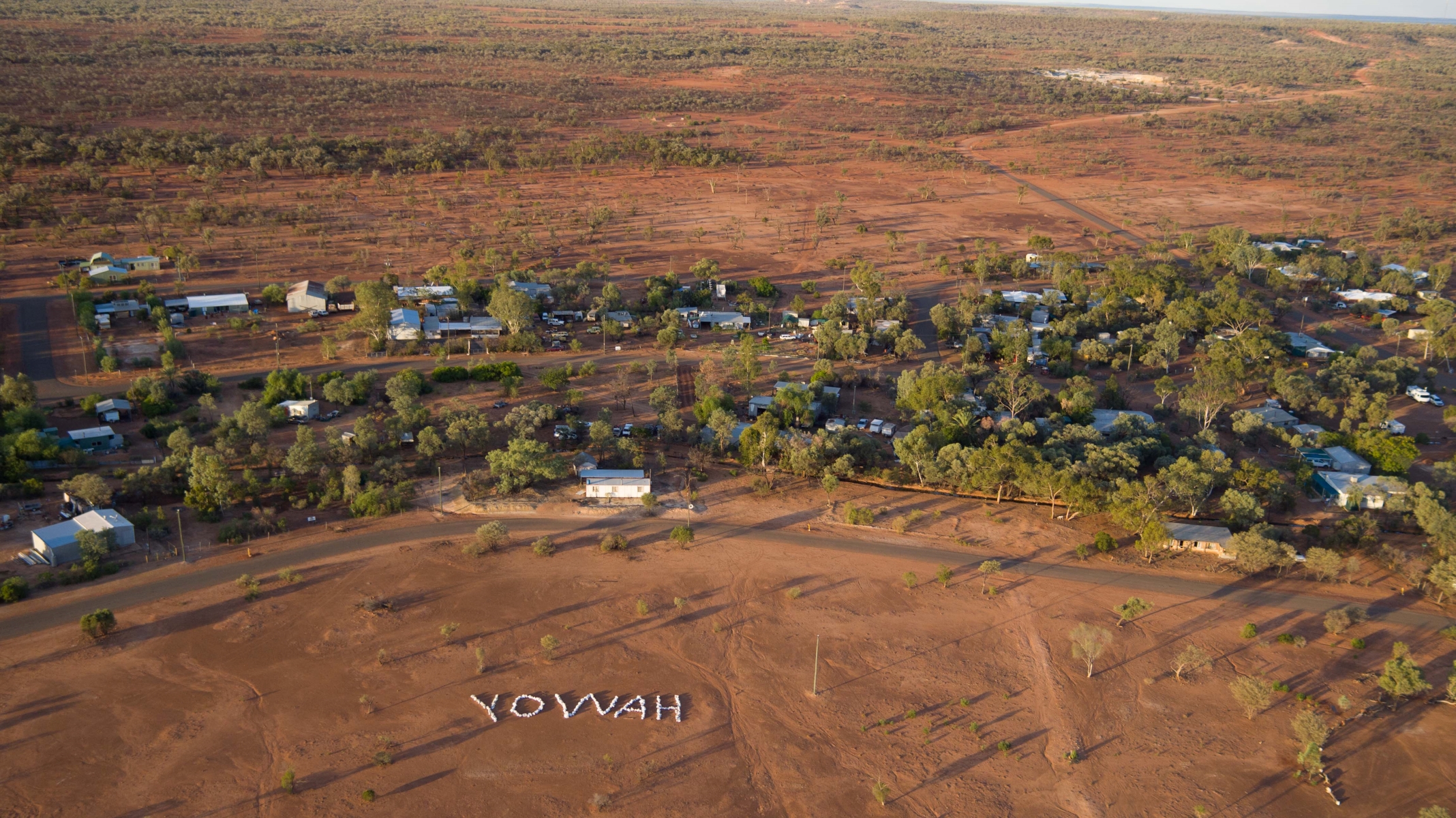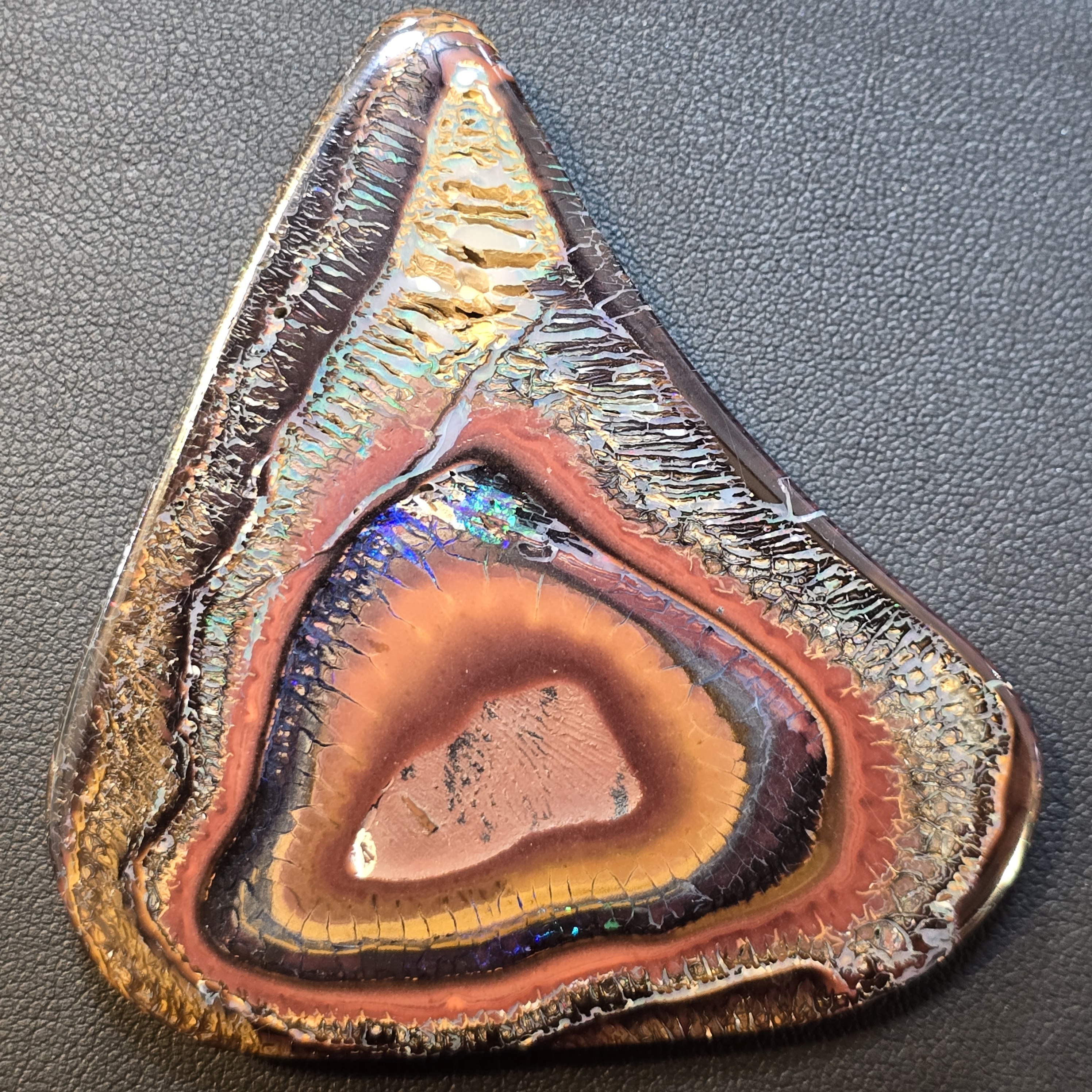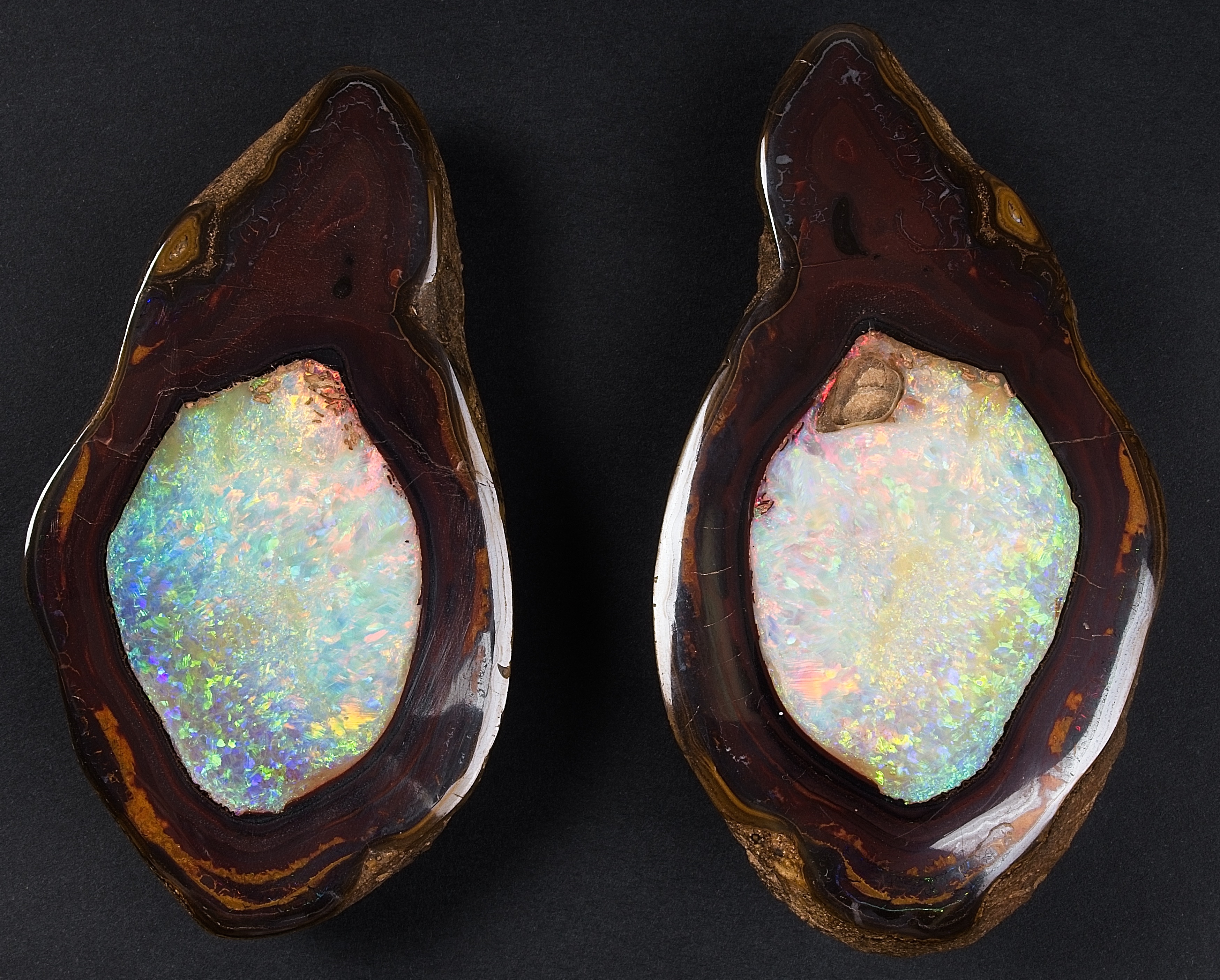Yowah
Tucked away in Queensland’s far southwest, Yowah is a small but fascinating outback town known across the globe for its rare and striking opals. Though modest in size and population, Yowah has gained international recognition for producing one of the most unique opals in the world—the Yowah Nut. With its welcoming community, rich mining heritage, and stunning natural surroundings, Yowah offers a one-of-a-kind blend of history, geology, and adventure. Whether you’re a seasoned fossicker or a curious traveler, Yowah is a must-visit destination for anyone interested in Australian opals and outback life.

Brief History of Mining in Yowah
Yowah's opal story began in the late 19th century when opal was first discovered in the area in 1883. As word spread, hopeful miners from across Australia ventured to this remote part of Queensland in search of fortune. Unlike larger mining towns, Yowah remained relatively small and close-knit, developing a culture of independent, small-scale miners rather than large industrial operations. The early miners dug shafts by hand, often using little more than picks, shovels, and sheer determination. Despite harsh conditions and long distances to major supply routes, the town endured thanks to its rich opal fields and resilient community.

Throughout the 20th century, Yowah maintained its status as one of Queensland’s key opal mining areas. As mining technology advanced, more systematic fossicking and exploration led to deeper and more productive excavations. The town also became known for its welcoming attitude toward tourists and fossickers, offering guided tours, public fossicking areas, and a sense of discovery that's increasingly rare in modern mining towns. Today, while many of the original miners have retired or moved on, a new generation of opal hunters keeps the tradition alive, contributing to both the local economy and global opal trade.
The Beauty of Yowah Nuts
What truly sets Yowah apart from other opal fields in Australia—and the world—is its distinctive Yowah Nut Opal. These opals are found encased inside ironstone nodules, or "nuts," which resemble small, round stones. When cracked or sliced open, they often reveal vibrant, colorful opal formations inside, ranging from bright blues and fiery reds to multi-colored rainbow patterns. No two are the same, making each Yowah Nut a natural work of art.
This geological rarity forms in a way that differs from other opal types. The ironstone host rock in Yowah acts as a natural protective casing, allowing the opal to form in intricate, sometimes patterned layers. This results in opal matrix, a beautiful blend of ironstone and opal that creates swirling, earthy designs not seen in traditional white or crystal opals. Yowah matrix opal is particularly prized by jewelers and collectors for its stability, polish, and character.

Yowah is also one of the few locations where visitors can easily try fossicking for opals themselves. The designated fossicking areas make it a popular destination for hobbyists and adventurers looking to uncover a hidden gem. Whether you strike it lucky or not, the thrill of the hunt and the beauty of the surrounding landscape make Yowah an unforgettable experience.
Famous Finds from Yowah
Over the years, Yowah has been the source of many remarkable opal discoveries, some of which have gained national and even international attention. Perhaps the most famous is the "Yowah Moonstone," a spectacular nut opal that revealed a glowing blue sheen across its surface, reminiscent of a moonlit sky. It was featured in exhibitions and opal shows around the country, showcasing the quality and uniqueness of Yowah’s gems.
Another significant find was a rare double-sided Yowah Nut, where vibrant opal formed symmetrically on both sides of the nodule—an exceptionally rare occurrence in the opal world. Pieces like this are not only valuable in monetary terms but are also treasured for their natural artistry and geological significance. These finds continue to draw opal enthusiasts, gem collectors, and researchers to the region, hoping to glimpse (or discover) the next great opal.
Yowah’s fame has also been boosted by its annual Opal Festival, held every July. During this event, locals showcase their best finds, artisans sell handcrafted jewelry, and miners offer guided tours of their claims. The festival is a celebration of all things opal, and it often brings to light new and exciting discoveries from the field.
